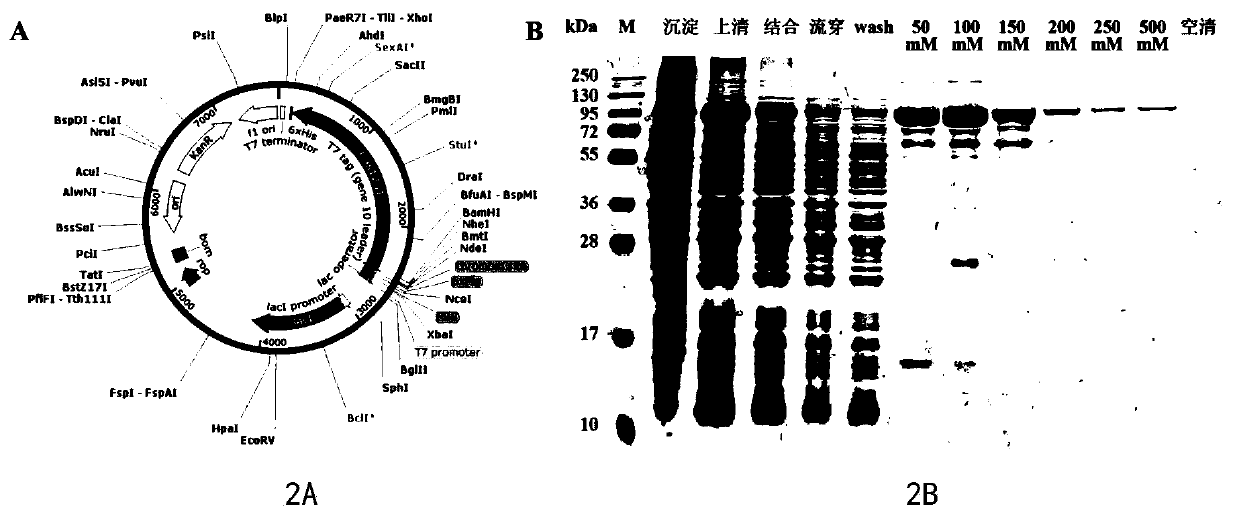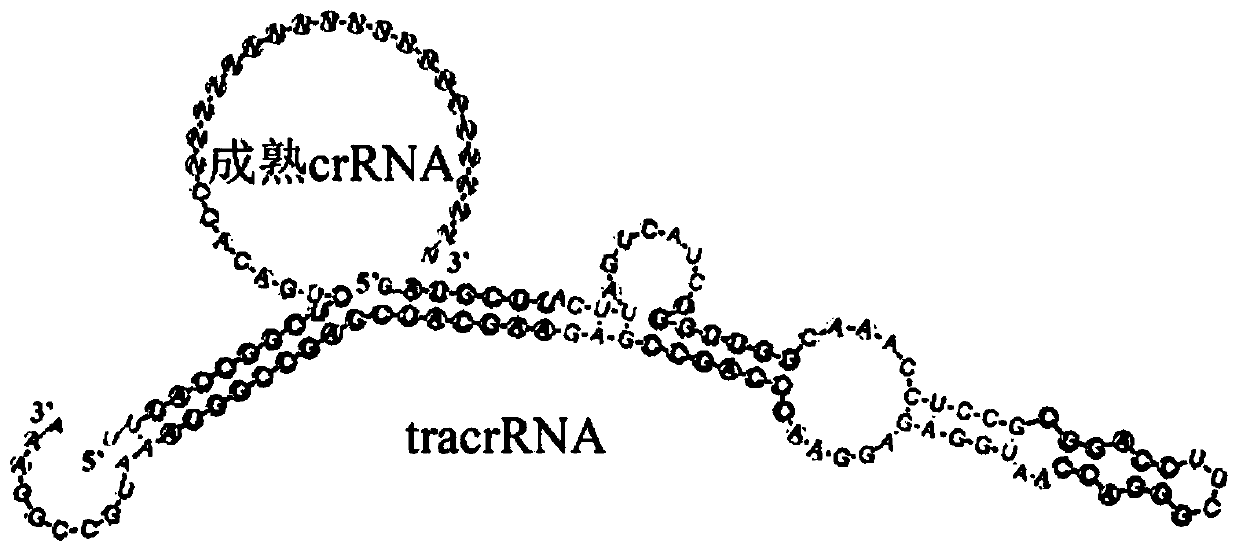Rapid detection method for nanometer fluorescent trace of specific nucleic acid fragment on basis of CRISPR-Cas12g
A technology of nano-fluorescence and nucleic acid fragments, applied in the field of nucleic acid detection
- Summary
- Abstract
- Description
- Claims
- Application Information
AI Technical Summary
Problems solved by technology
Method used
Image
Examples
Embodiment Construction
[0024] In order to make the object, technical solution and advantages of the present invention clearer, the present invention will be further described in detail below in conjunction with the accompanying drawings and embodiments. It should be understood that the specific embodiments described here are only used to explain the present invention, not to limit the present invention.
[0025] The present invention is suitable for rapid detection of nano-fluorescent traces of specific nucleic acid fragments in biological samples. In the examples of the present invention, only the mecA gene detection of methicillin-resistant Staphylococcus aureus (MRSA) is taken as an example. The specific operation steps are as follows:
[0026] (1) Construction of Cas12g1 protein expression plasmid: In this embodiment, Cas12g1 (767aa) among Cas12g (720-830aa) was selected. The pET28a plasmid was treated with two enzymes, BamH I and Xho I. Synthesize the Cas12g1 gene, add BamH I and Xho I restric...
PUM
 Login to View More
Login to View More Abstract
Description
Claims
Application Information
 Login to View More
Login to View More - R&D
- Intellectual Property
- Life Sciences
- Materials
- Tech Scout
- Unparalleled Data Quality
- Higher Quality Content
- 60% Fewer Hallucinations
Browse by: Latest US Patents, China's latest patents, Technical Efficacy Thesaurus, Application Domain, Technology Topic, Popular Technical Reports.
© 2025 PatSnap. All rights reserved.Legal|Privacy policy|Modern Slavery Act Transparency Statement|Sitemap|About US| Contact US: help@patsnap.com



